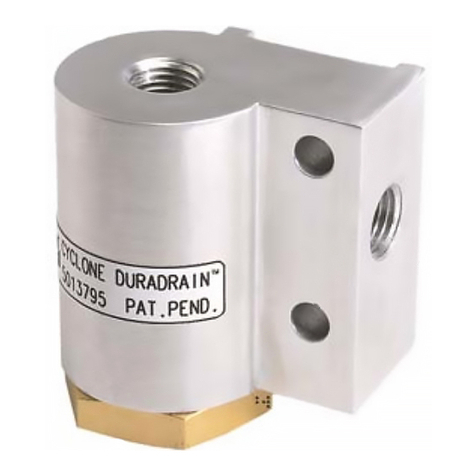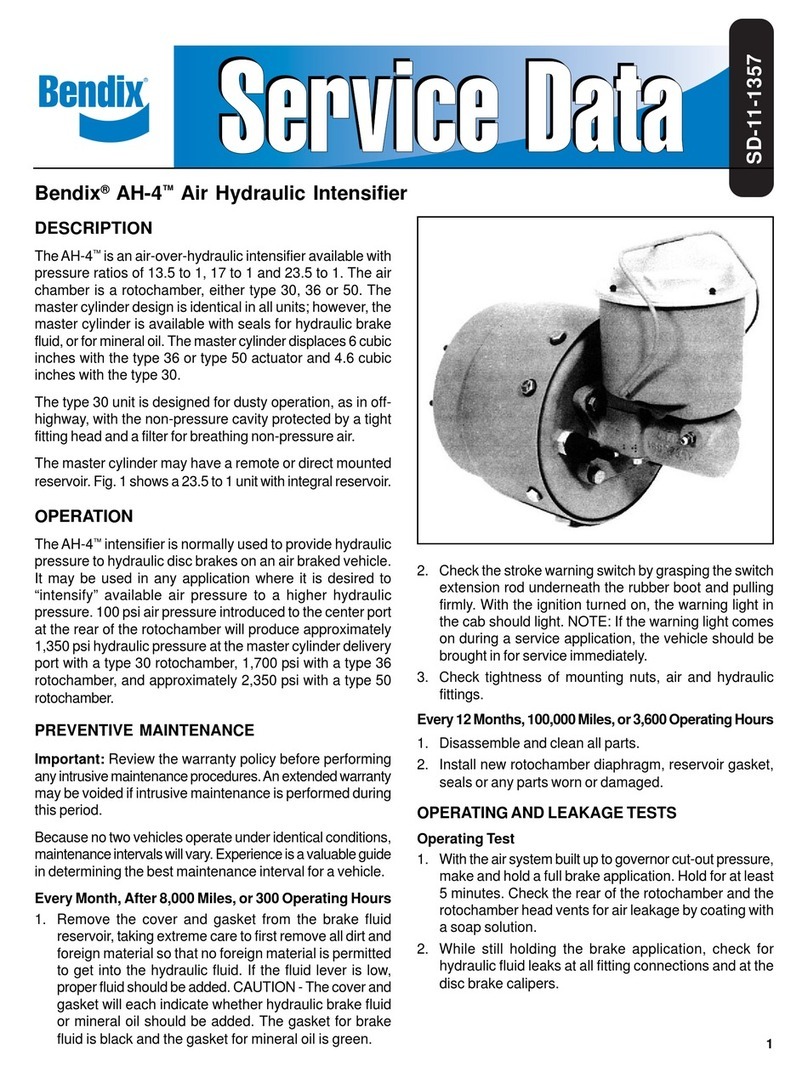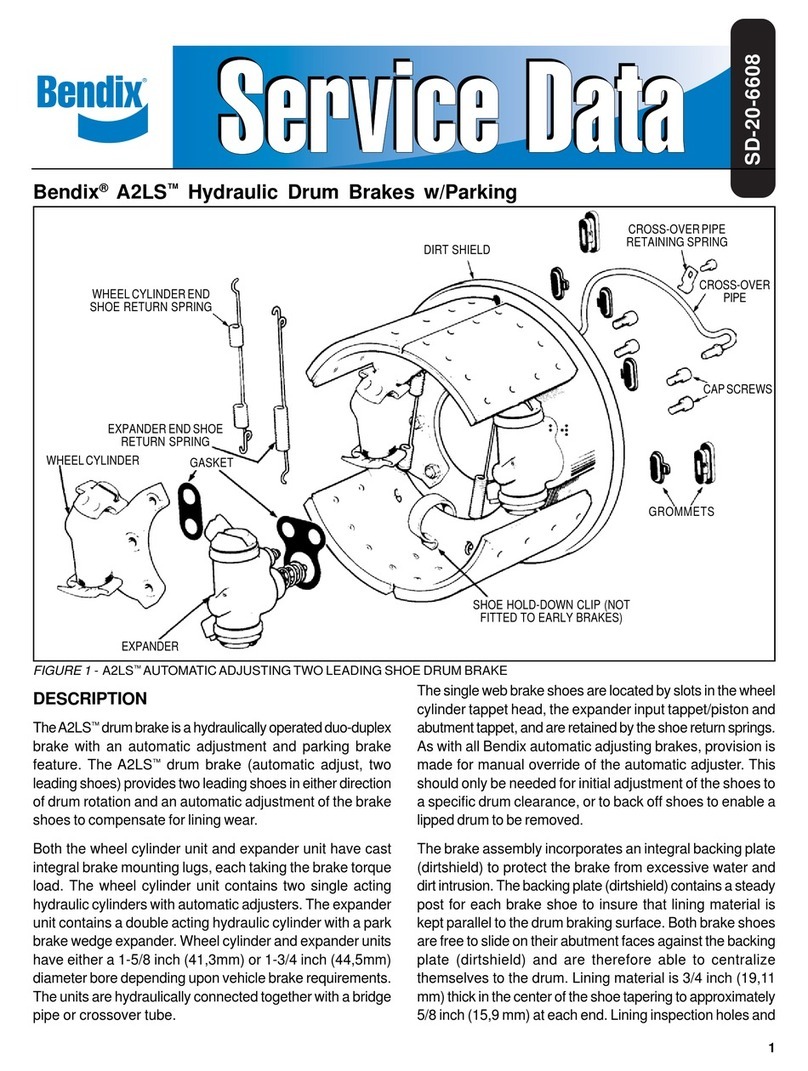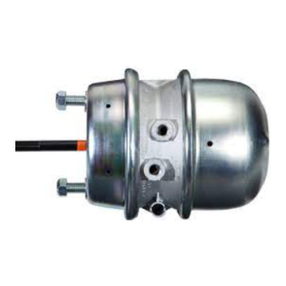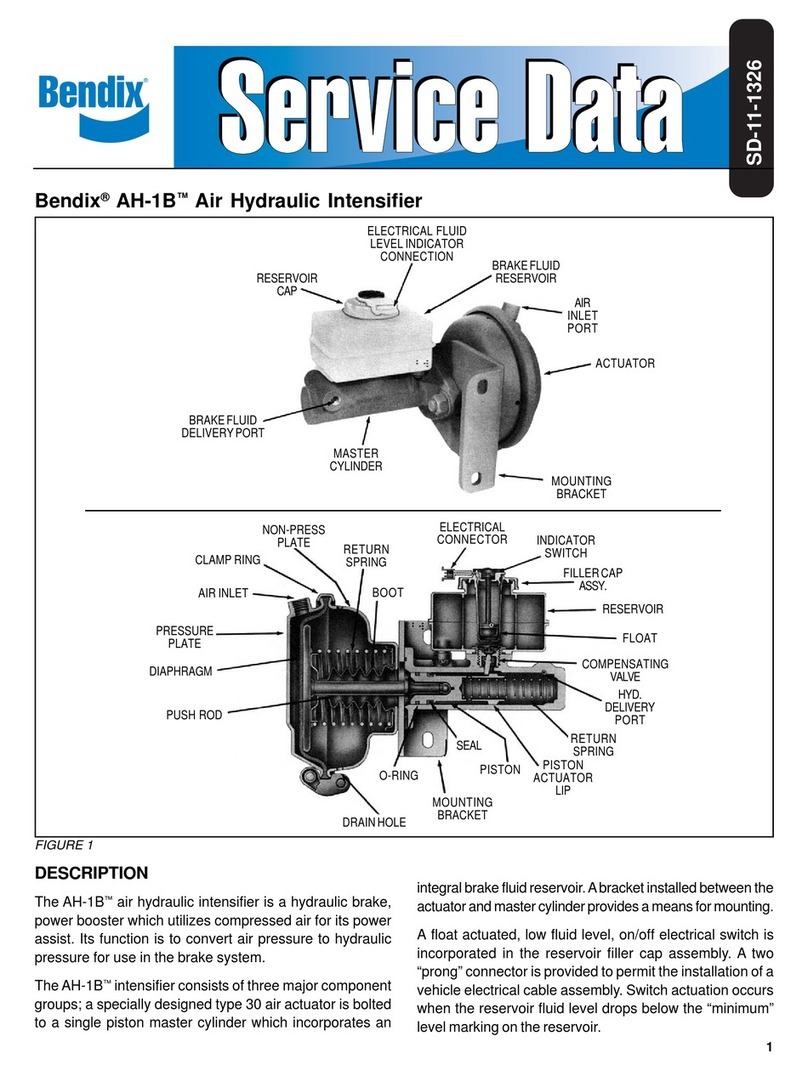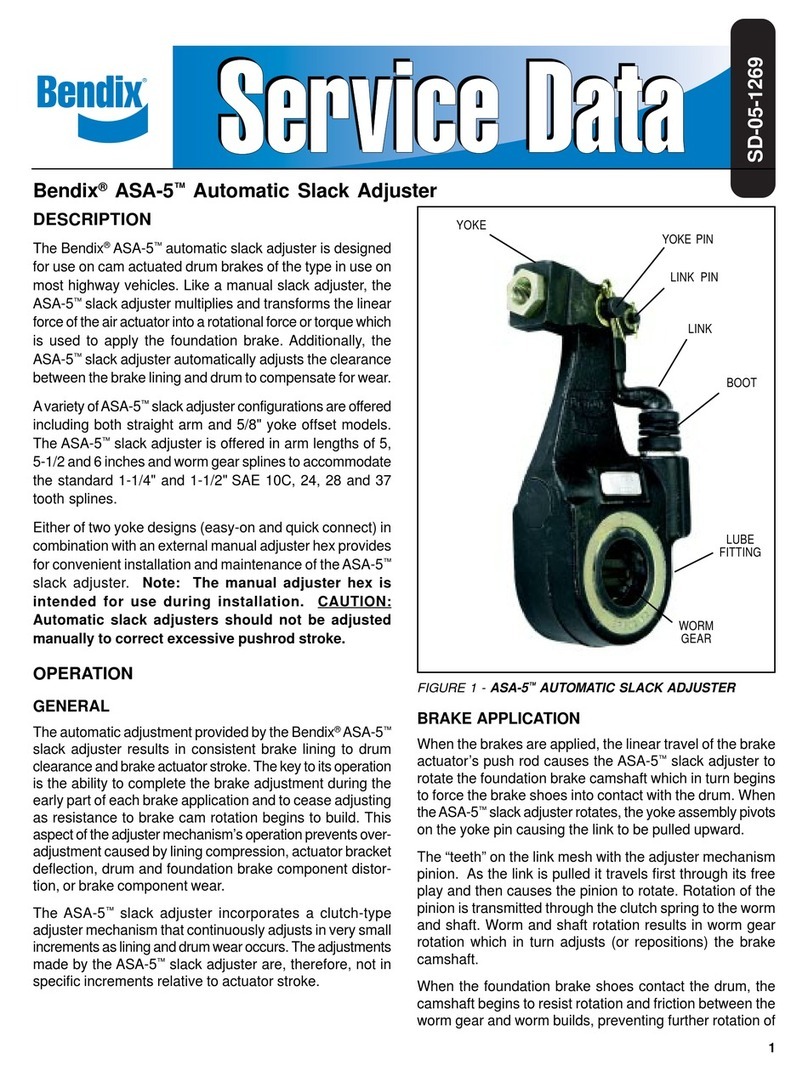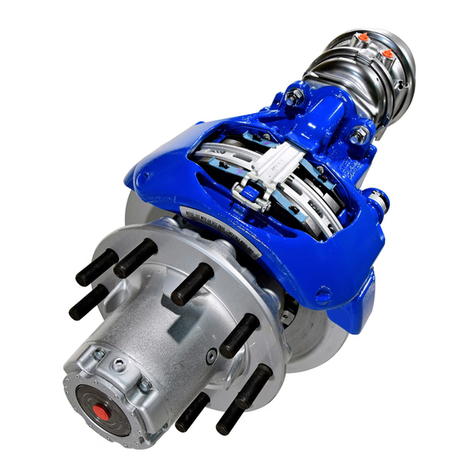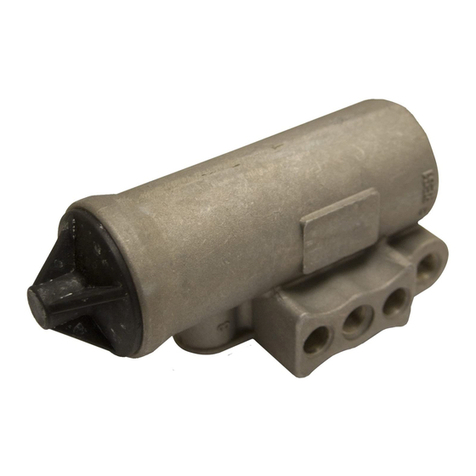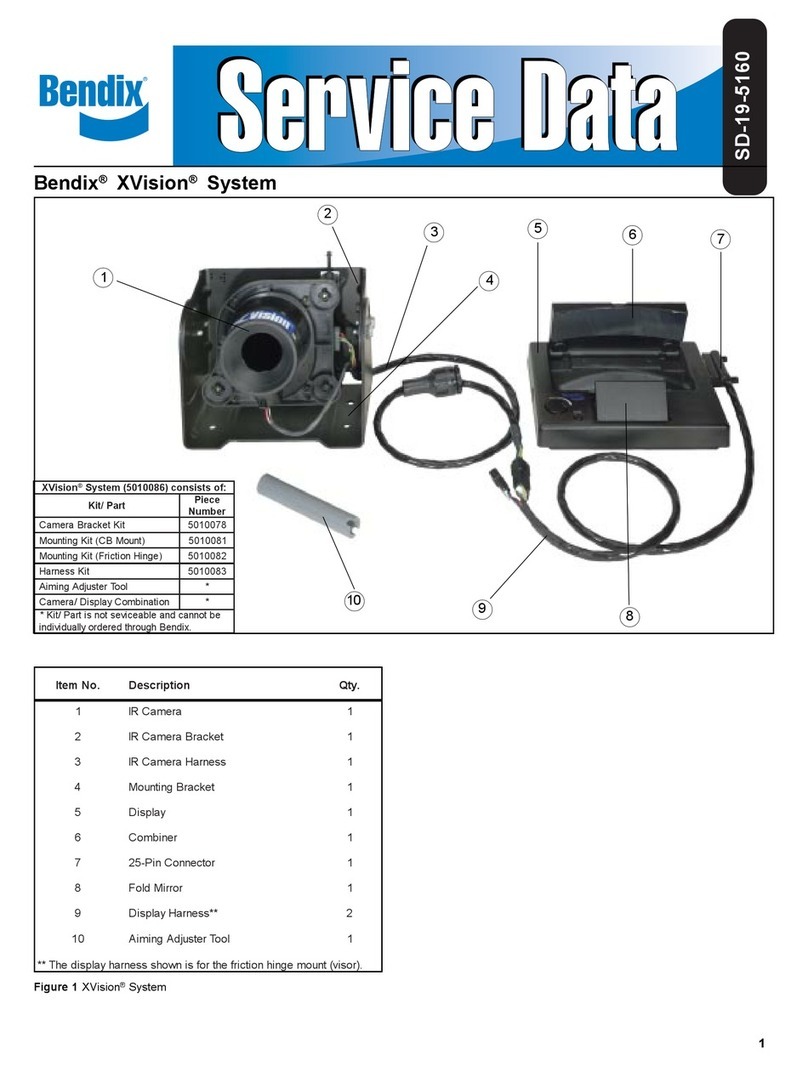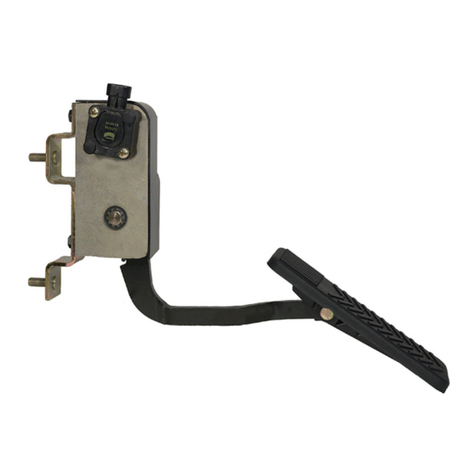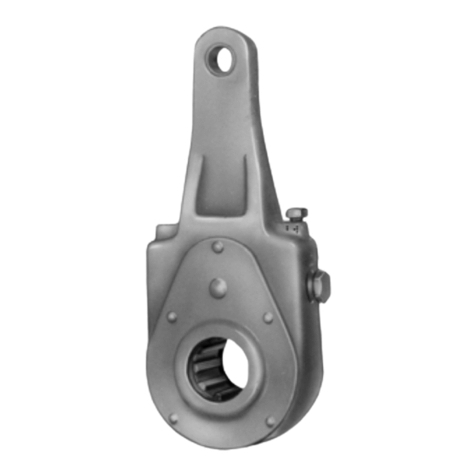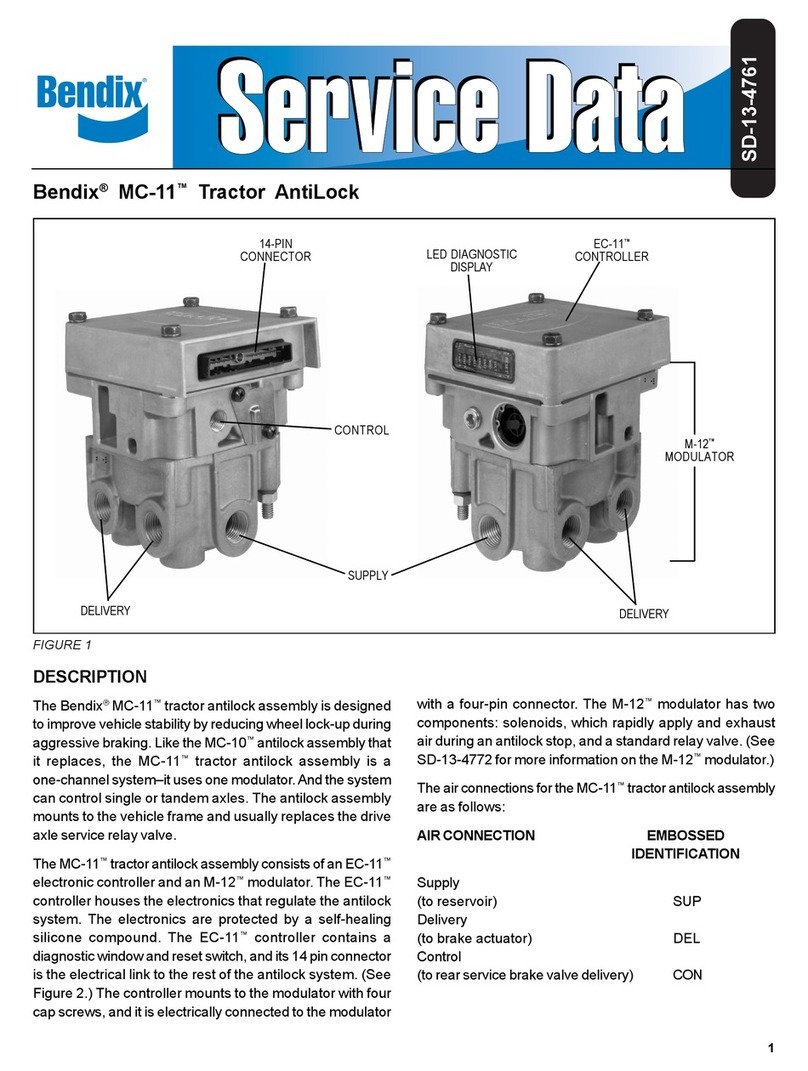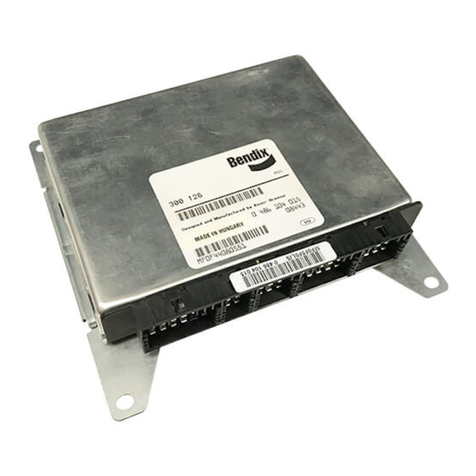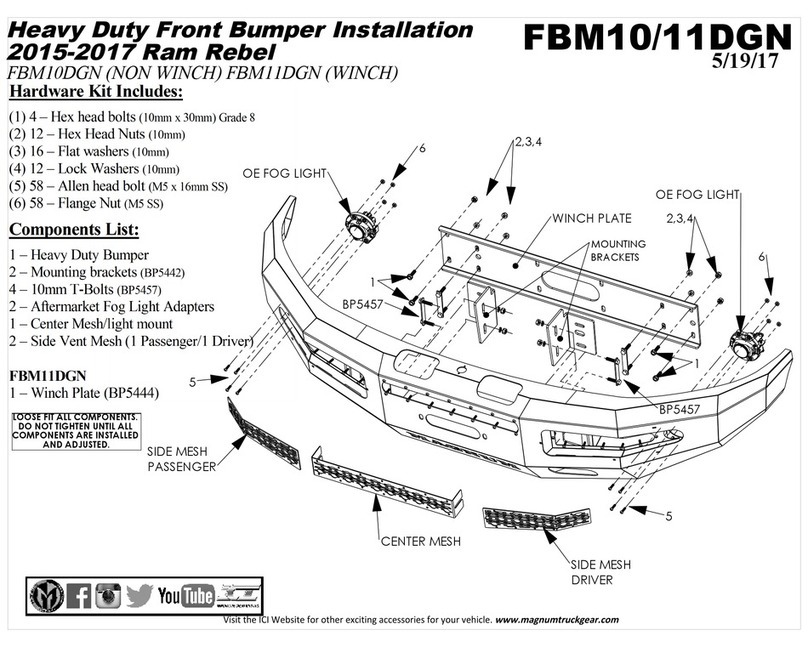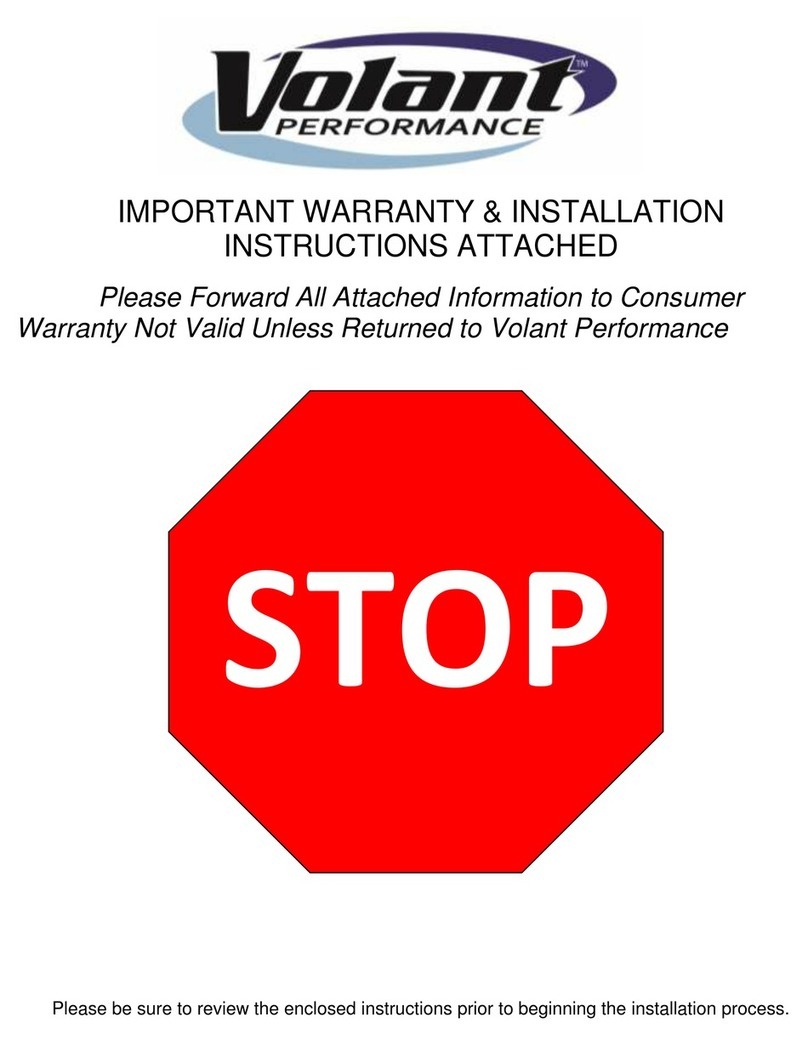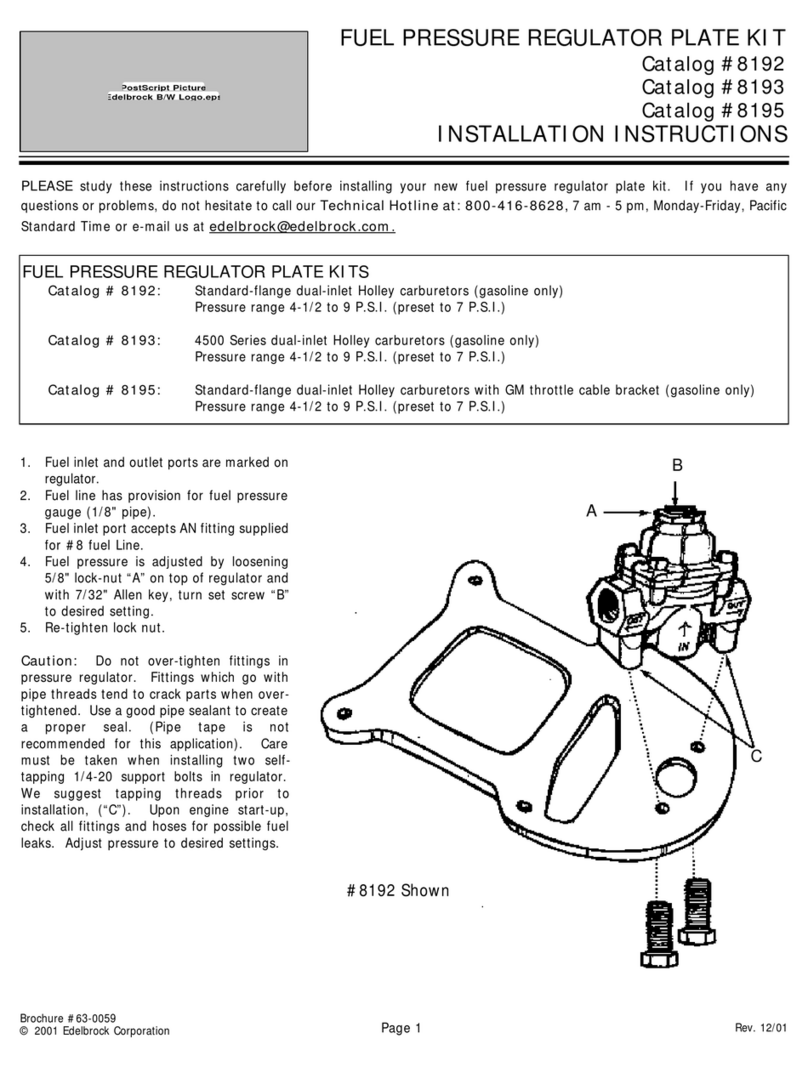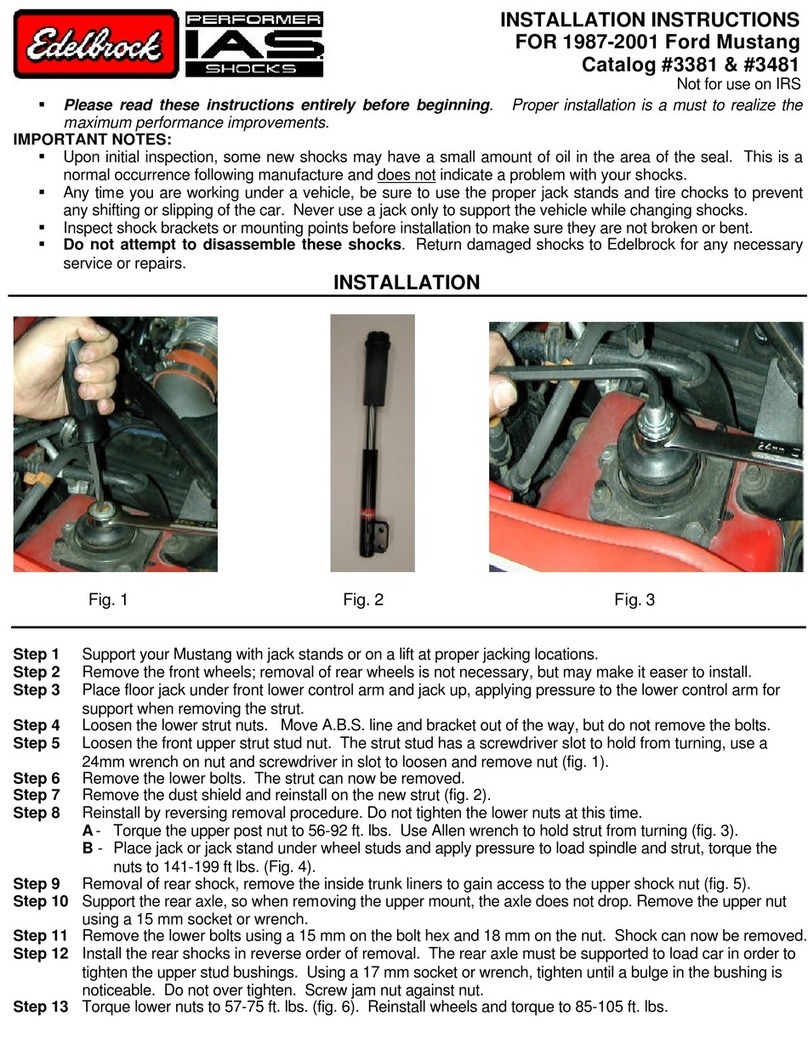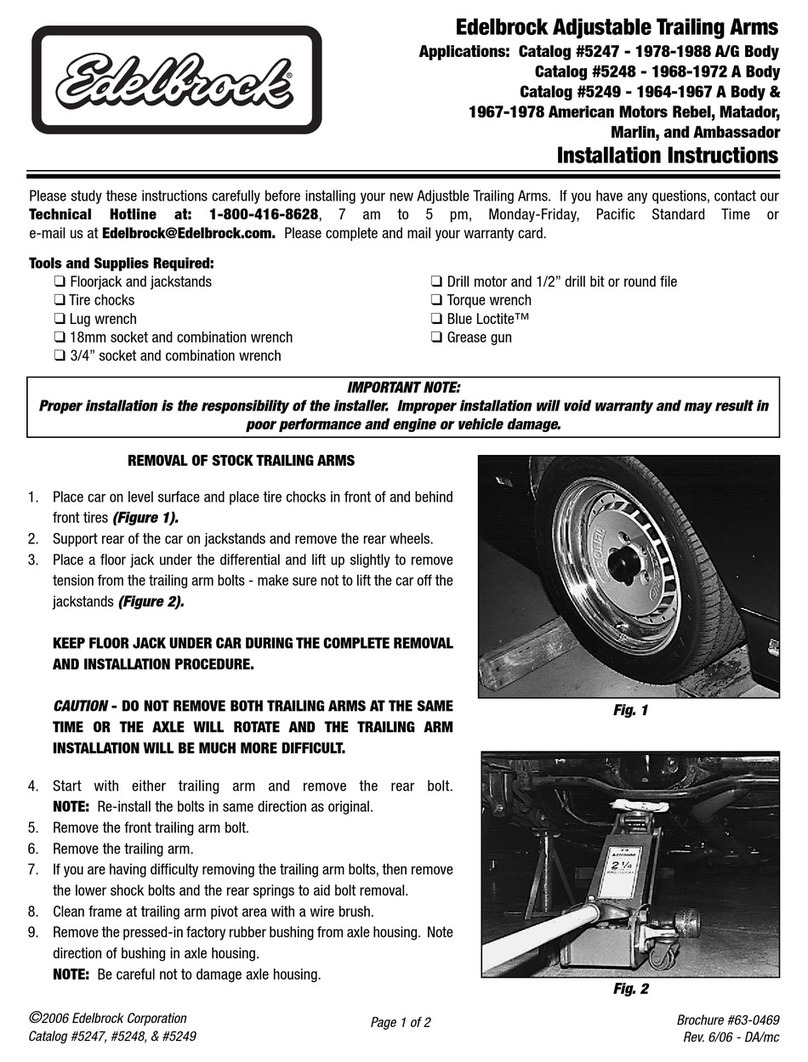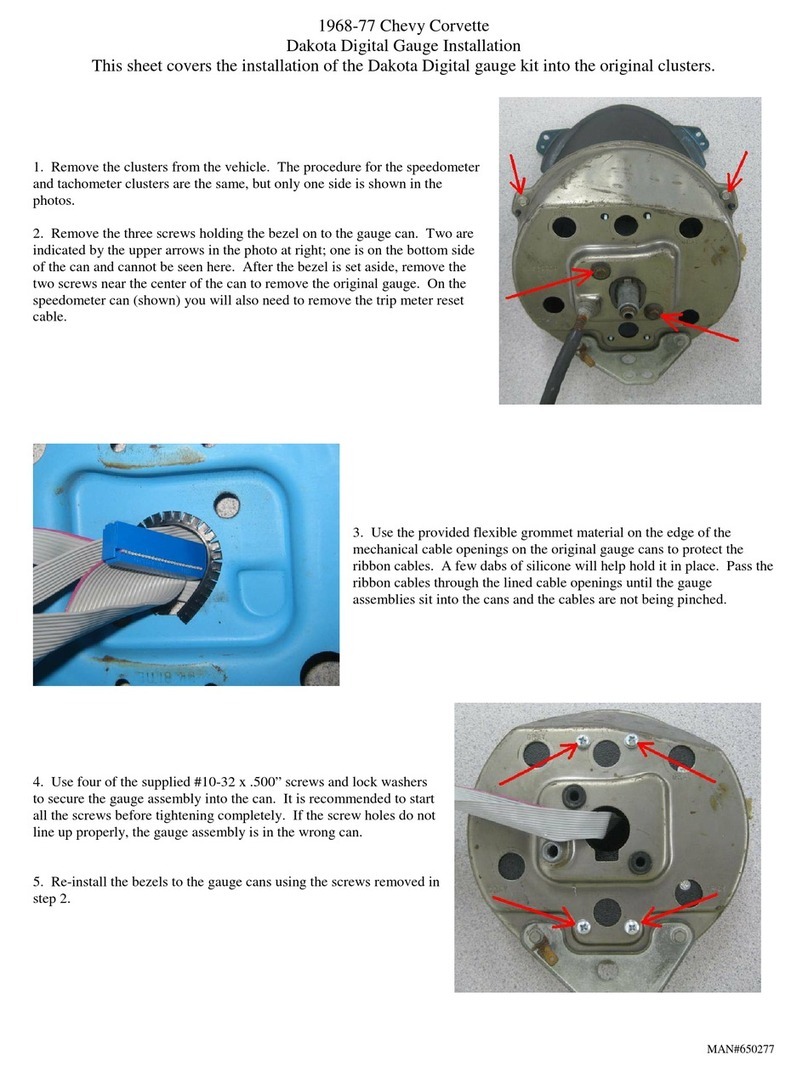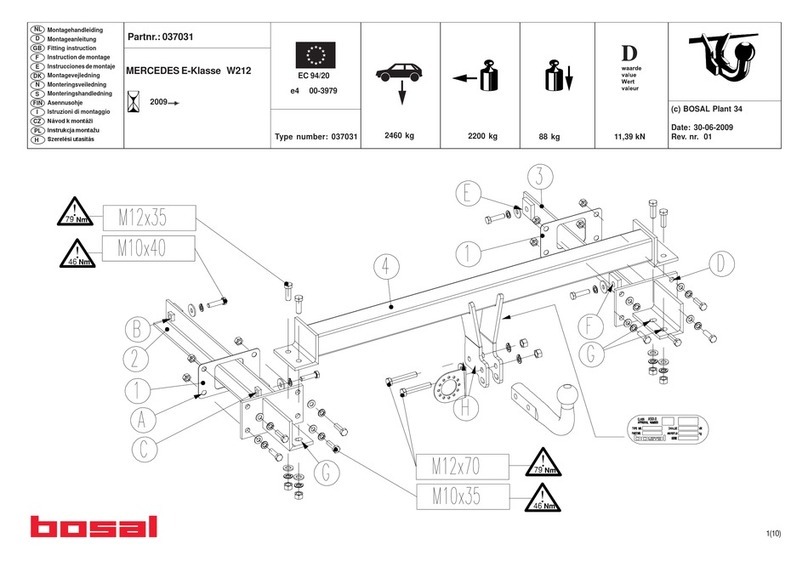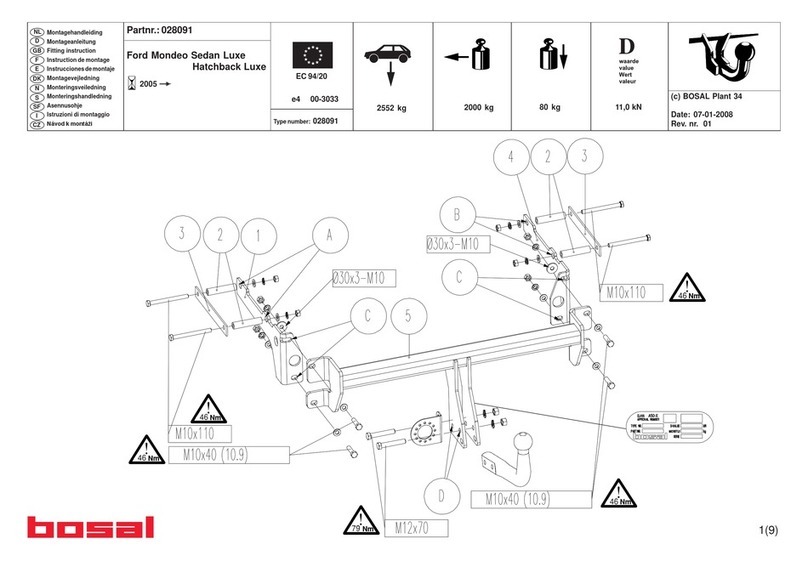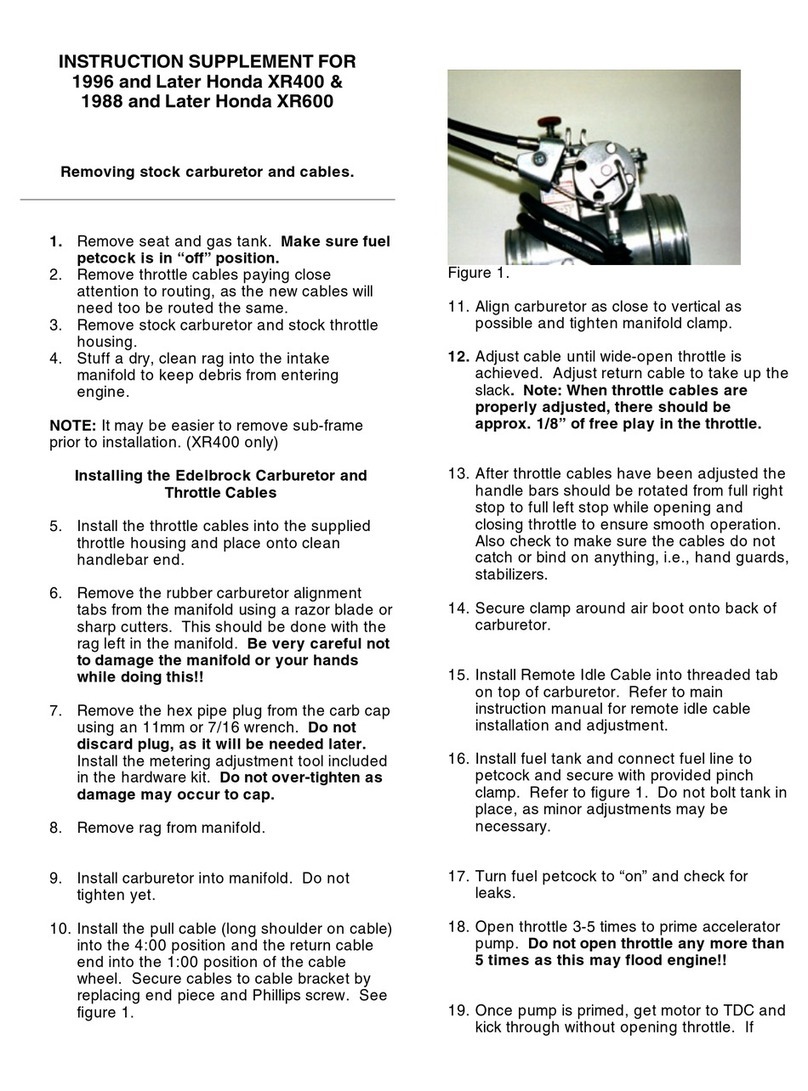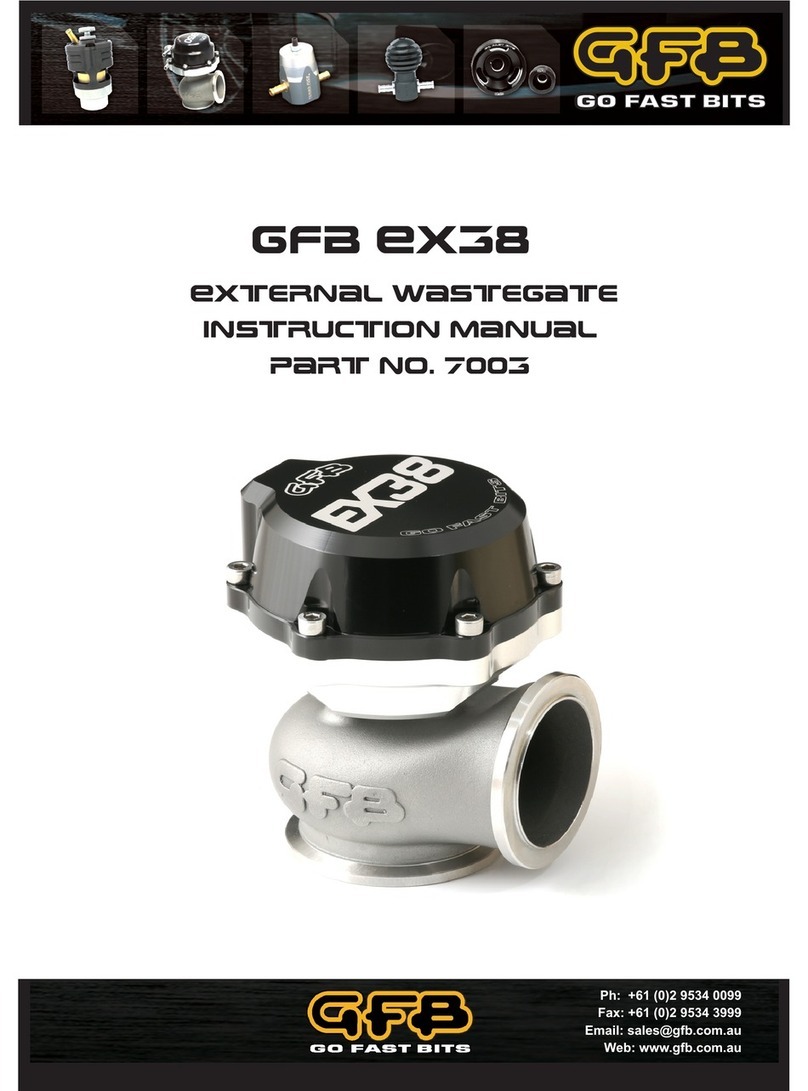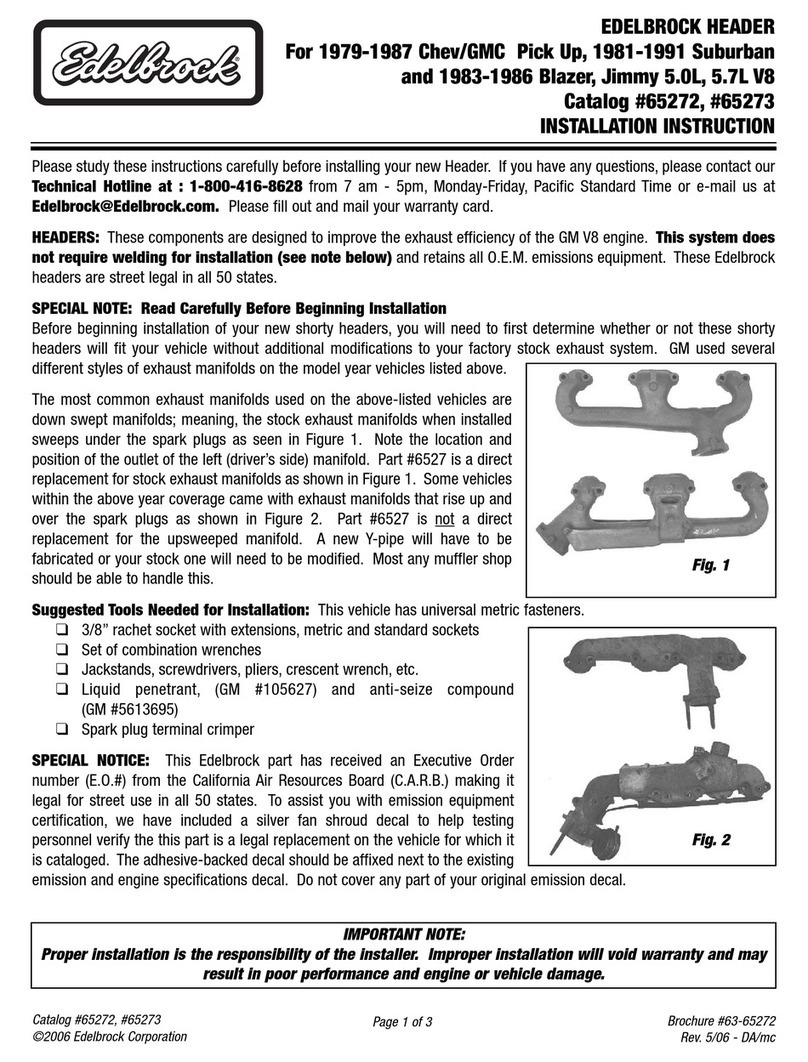
5
displacement is eliminated and the rotary valve returns to a
neutral position.
Moderate effort at the steering wheel produces smaller valve
displacements and lower power assist, thus providing good
steering feel. At increased displacements the pressure rises
more rapidly giving increased power assistance and quicker
response. Maximum pressure is developed after
approximately 3' displacement giving a direct feel to the
steering. Groove displacement is limited y the freeplay of
the stop spline mesh etween the input shaft and all screw.
The splines take up the steering movement while allowing
the torsion ar to hold the groove displacement. The torsion
ar and stop splines form two parallel means of transmitting
the steering torque. When no steering torque is applied, the
torsion ar returns the valve grooves to a neutral position
allowing the pressurized oil to flow to the return line.
Power assisted movement of the piston nut within its ore
is limited y poppet valves installed in oth piston faces.
When the piston approaches its extreme travel in either
direction, the stem of the limiting poppet valve makes contact
at the end of the piston ore. As piston travel continues, the
limiting poppet is unseated and some hydraulic power assist
is removed as pressurized oil is diverted to the return line.
As more and more power assist is removed y the action of
the limiting poppet valves, steering effort increases. The piston
can travel to the extreme ends of its ore, however, the
maximum steering assistance availa le is reduced to protect
the steering components in the axle.
The ypass valve is located in the valve ody and permits oil
to flow from one side of the piston to the other when it is
necessary to steer the vehicle without the hydraulic pump
in operation. Oil displaced from one side of the piston is
essentially transferred to the other side which prevents
reservoir flooding and cavitation in the pressure line.
The pressure relief valve is located in the valve ody and
limits internal hydraulic pressure to a preset maximum. The
pressure relief valve can e set to various pressures, however
its setting is 150 p.s.i. lower than the power steering pump
relief valve setting.
POWER STEERING GEAR IDENTIFICATION
A nameplate is installed adjacent to one of the mounting
lugs of the unit which indicates part num er, serial num er
and uild date.
III. TECHNICAL DATA
- Steering ratio ........................................................... 21:1
- Num er of turns of the steering wheel ..................... 5.25
- Turning angle on the output shaft .......................90° + 2°
- Output shaft torque o tained with an effective pressure of
1885 p.s.i. (132.5Kg/cm2) .......... 41,947 in.-I s (474 m/Kg)
- Hydraulic oil ............................................... Ford part no.
(Ford Esp. M2C1 38-CJ) XT-2-QDX (Dextron II)
- Normal working temperature .................... 248°F(120°C)
- Normal peak temperature ........................ 302°F (150°C)
- Normal flow ......................... 4.2 + 2 G.P.M. (16 + 1 L/m)
- Maximum working pressure 1885 + 60 psi(130+4Kg/cm2)
- Maximum pressure drop in the return ducting .................
............................................................. 60 psi (3 Kg/cm2)
FIGURE 4 - SCHEMATIC OF THE ROTARY VALVE OPERATION
RETURN
BY-PASS
VALVE
PUMP
STRAIGHT AHEAD RIGHT TURNLEFT TURN


